Think Japan is perfect?
You’re not alone—but even the Land of the Rising Sun has quirks that can surprise travelers.
I analyzed over 825 Reddit comments from real visitors to uncover 10 things Japan doesn’t do better, from flimsy napkins to outdated websites.
かRead on for honest insights and practical tips to make your trip smoother and more enjoyable!
Things Japan doesn’t do better
byu/Wild_Butterscotch482 inJapanTravelTips
1. Napkins & Paper Products (Useless, Thin, or Waxy Napkins)— 82 comments
A standout frustration was Japan’s napkins and paper products—often described as thin, flimsy, non-absorbent, or waxy.
Many travelers find Japanese napkins practically useless for wiping hands or faces.
Unlike Western paper napkins designed to soak up moisture, Japanese napkins are often silky or wax-coated, meant more for holding food than cleaning.
This can be baffling to first-time visitors expecting absorbent napkins in restaurants.
Travelers noted they had to use 5-10 napkins or carry their own tissues.
This extends to toilet paper (often single-ply) and facial tissues, which many find too delicate.
Why it happens
Culturally, many Japanese carry personal handkerchiefs for wiping hands and faces. Additionally, traditional Japanese eating etiquette prioritizes cleanliness and precision, reducing the assumed need for absorbent napkins.
How to avoid it
Bring your own pack of tissues or wet wipes. Convenience stores like Lawson or Daiso sell pocket tissues. For toilet paper, consider carrying a small pack of higher-quality tissue for emergencies.
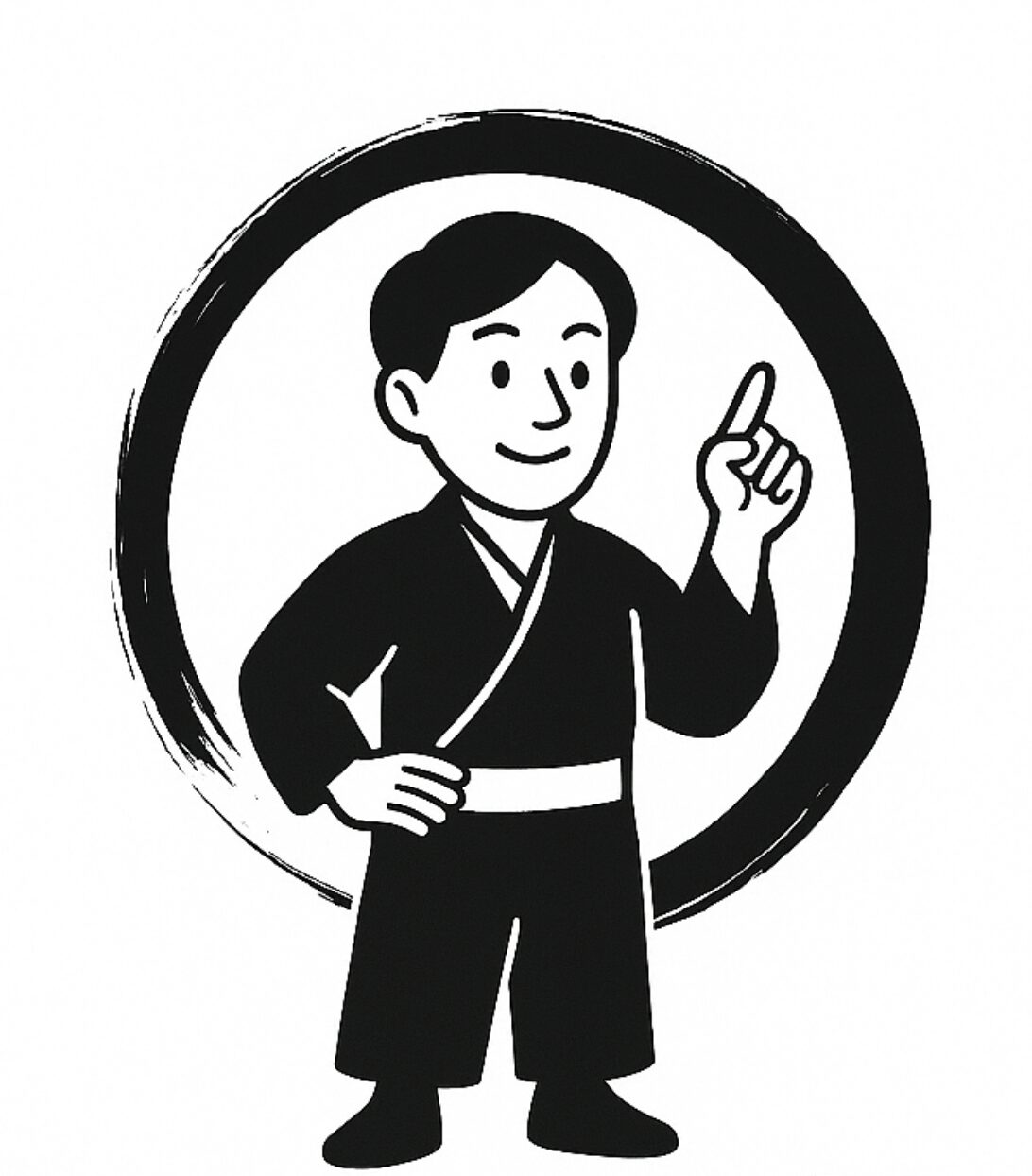 Flo
FloTotally agree—our napkins suck. I always carry tissues!
Representative Comments
- “Napkins that are basically useless. They are shiny and silky smooth that don’t wipe away anything.”
- “Every single napkin I’ve gotten in Japan has been a wet nap. Not sure what napkins you are getting.”
- “Non-absorbent, flimsy napkins. Overly wasteful packaging. Lack of public rubbish bins.”
2. Websites & Technology (Outdated Web Design, Clunky Systems)— 77 comments
Many travelers were shocked by Japan’s outdated websites and online systems.
Booking hotels, train tickets, or making restaurant reservations often involved sites that looked and functioned like relics from the 1990s, with cluttered layouts, poor mobile compatibility, limited foreign language support, and unreliable online payment systems. Some commented that major ticketing sites crashed or required VPNs, and even corporate websites looked unpolished compared to global standards.
Why it happens:
Japan’s conservative corporate culture prioritizes stability over rapid tech upgrades, with many companies hesitant to adopt modern frameworks. Local focus and legacy systems also contribute to slow digital transformation.
How to avoid it:
Use major international booking platforms (e.g., Booking.com, Klook) when possible. For restaurant reservations, apps like Gurunavi and TableCheck are more reliable than many restaurant sites.



Even I hate booking online here—use Booking.com or Klook instead.
Representative Comments:
- “Most Japanese websites I’ve encountered look like they were created by someone’s uncle who worked for Geocities in the early 2000s.”
- “Trying to make a reservation at the Pokémon café has been the single most infuriating experience of my life.”
- “Making reservations online is such a pain. They full-on shut down e-commerce websites overnight.”
3. Trash Cans (Scarcity in Public Spaces)— 66 comments
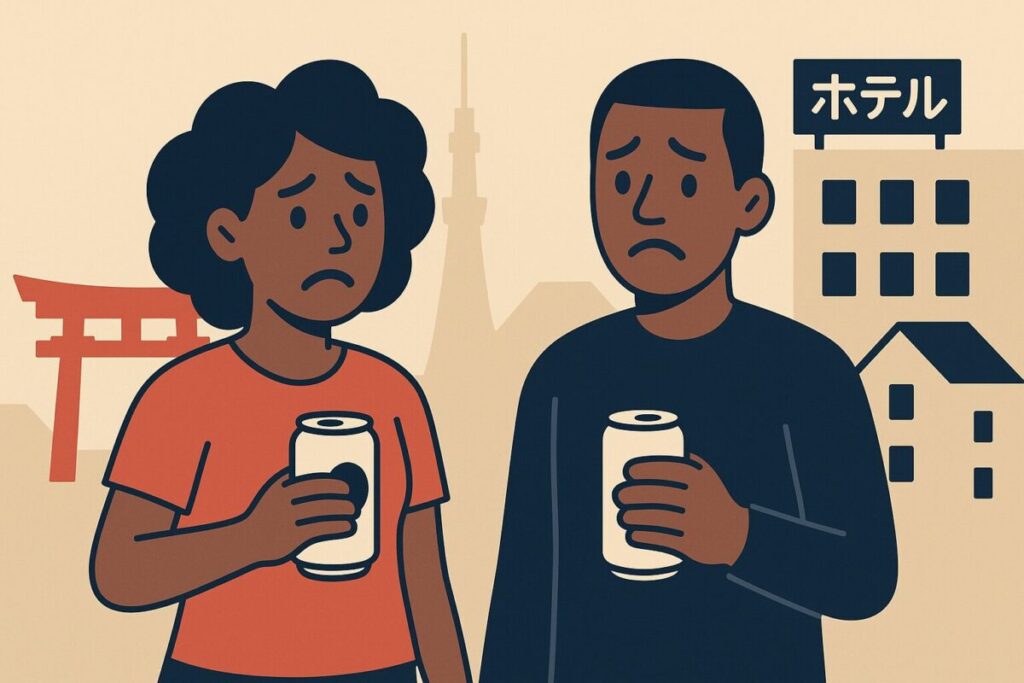

One of the most frequently mentioned annoyances was the scarcity of public trash cans, leading visitors to carry trash for long distances.
This absence is often tied to security concerns following the 1995 sarin attack, after which many trash bins were removed.
While culturally, Japanese people are taught to take trash home, travelers expecting readily available bins like in the West were frustrated.
Why it happens:
Safety, cost savings, and a cultural emphasis on personal responsibility for trash disposal.
How to avoid it:
Carry a small plastic bag in your daypack for trash until you find a bin, often located at convenience stores, train stations, or near vending machines.



Yeah, we carry trash home—keep a bag in your backpack.
Representative Comments:
- “Public Trash Cans. Too few of them consistently, to the point the few around are overloaded.”
- “I bought a crab stick. Didn’t eat it all and had to walk 15 minutes back to my hotel to trash it.”
- “My take: part of the reason Japan is so clean may be because everyone takes personal responsibility for
4. Packaging Waste (Excessive Plastic Wrapping)— 58 comments


Japan’s love of packaging can leave travelers overwhelmed by layers of plastic. From convenience store snacks to gifts, items are often wrapped in multiple layers—sometimes a piece of food will be in plastic, then boxed, then bagged again.
While beautiful presentation is a hallmark of Japanese culture, this habit contributes heavily to plastic waste, surprising eco-conscious visitors.
Why it happens:
Gift-giving culture and presentation are deeply ingrained in Japan, where wrapping signals care and respect. There’s also a long-standing emphasis on hygiene, which adds layers of plastic to many products.
How to avoid it:
Politely decline extra bags or utensils at shops by saying “Daijoubu desu” (“I’m okay”). Reuse a shopping bag during your trip.



Our love of packaging is overkill—just say “No bag” at the store.
Representative Comments:
“Why does every rice cracker have to be individually wrapped in plastic?”
“Wrapping a single banana—seriously?”
“Overpackaging like wrapping umbrellas in plastic every time it rains.”
5. Toilet Paper Quality (Single-Ply, Fragile)— 51 comments
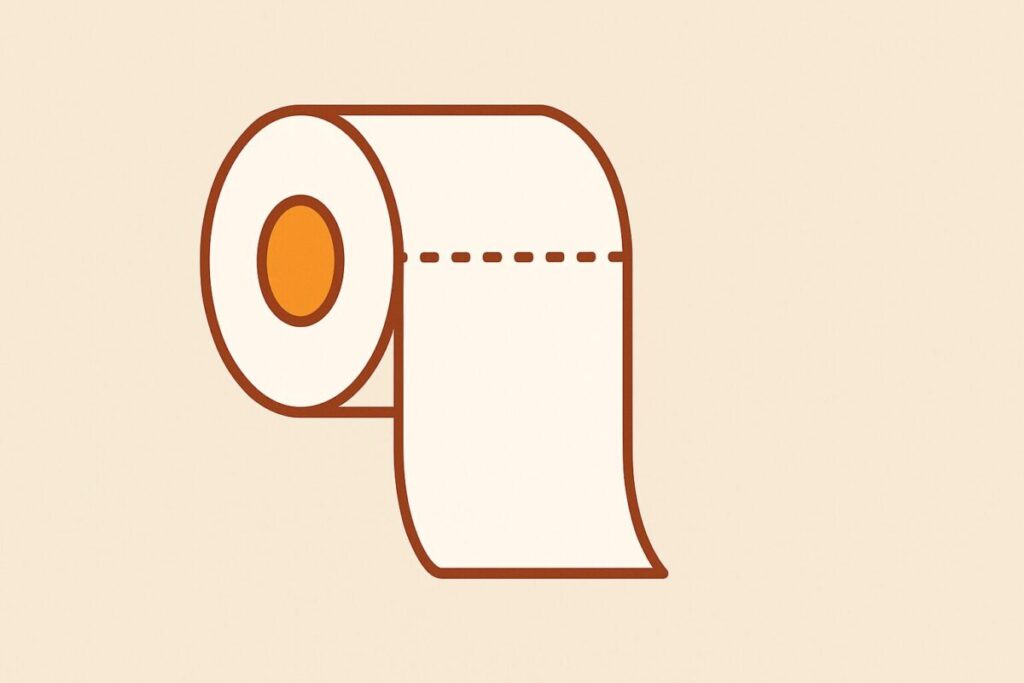

Many travelers are surprised at the prevalence of single-ply toilet paper—even in nice hotels. Compared to the thicker, multi-ply toilet paper found in many Western countries, Japan’s tissue often feels flimsy, tears easily, and can make restroom visits frustrating.
Why it happens:
Some older plumbing systems in Japan struggle with thicker toilet paper, so many establishments opt for single-ply to avoid clogging issues.
How to avoid it:
Pack travel tissues or small rolls of quality toilet paper, especially for trips into rural areas or older buildings.
Representative Comments:
“It’s bonkers that there’s 1-ply toilet paper in a land of bidets.”
“The thin toilet paper has me puzzled every time.”
“I had to wrap several times to get a decent wipe without tearing.”



Facts. Bring pocket tissues or buy better TP here.
6. Public Restrooms (Lack of Soap, Hand Dryers)— 47 comments
For a country famous for cleanliness, many travelers are shocked to find public bathrooms without soap or hand-drying options. This can feel contradictory to Japan’s reputation and leaves visitors unsure how to properly wash up.
Why it happens:
Japan has a cultural norm of carrying personal towels or handkerchiefs. Public bathrooms sometimes forgo soap or dryers because locals bring their own solutions.
How to avoid it:
Carry a small towel and a pocket hand sanitizer.
Representative Comments:
“Why is it so rare to find soap in a public restroom?”
“I had to wipe my hands on my pants because there were no towels or dryers.”
“Even some restaurants didn’t have hand soap—just water.”



Locals carry hand towels—grab one at a 100-yen shop.
7. Cash Dependence (Limited Contactless/Card Payment)— 44 comments
Despite Japan’s modern infrastructure, many restaurants, small shops, temples, and taxis still require cash payments. Travelers expecting universal card acceptance find themselves hunting for ATMs, which can be scarce at times.
Why it happens:
Cultural preferences for cash transactions and resistance to credit card fees have kept cash king in Japan, especially outside major cities.
How to avoid it:
Withdraw cash at 7-Eleven ATMs, which accept foreign cards and are open 24/7. Load a Suica or Pasmo card for convenient transit and convenience store purchases.
Representative Comments:
“Why do I need cash to pay at an Osaka Station hotel?”
“Even some big city shops don’t accept tap-to-pay.”
“Many businesses still use cash as their primary means of transaction.”
8. Vegetables & Diet Diversity (Lack of Veggies/Healthy Options)— 39 comments
Many visitors report struggling to find fresh vegetables, salads, or a variety of non-Japanese cuisine. Meals often consist of carbs and protein-heavy options like ramen, rice bowls, or fried food, which can leave travelers craving greens after a few days.
Why it happens:
Traditional Japanese dining centers around rice and fish, with vegetables used more as garnishes or small side dishes rather than the main event.
How to avoid it:
Visit department store food basements (depachika) or Italian and French restaurants for more vegetable-forward dishes.



True—look for Italian spots or department store salad bars.
Representative Comments:
“I barely ate any vegetables during my two-week trip.”
“Restaurants need to add some veggies—almost every meal was carbs and meat.”
“After five days, I was desperate for a crunchy salad.”



7-Eleven ATMs save the day—they’re 24/7.
9. Banking & ATMs (Limited Hours, Inconvenience)— 35 comments
Japanese banks can be shockingly inconvenient compared to other developed countries.
Tasks like opening or closing accounts can require in-person visits with appointments, and many ATMs have limited hours or charge fees outside specific times—even on holidays.
Why it happens:
Conservative banking practices, a preference for in-person service, and legacy systems have kept Japanese banking lagging behind modern online standards.
How to avoid it:
Use 7-Eleven or Japan Post ATMs, which have the longest operating hours and support foreign cards.
Representative Comments:
“Holy crap, banks suck. Plan a day if you need to open or close an account.”
“ATMs closing at 7pm? What’s the point?”
“I was surprised how inconvenient banking was compared to Australia.”



Cash is king—get yen and load a Suica card.
10. Public Seating (Few Benches, Nowhere to Sit)— 33 comments
Japan’s cities are famous for walkability, but ironically, they offer few benches or resting spots. Travelers often find themselves carrying takeaway meals with nowhere to sit and eat, or standing for long periods while sightseeing.
Why it happens:
Cultural norms discourage eating while walking and may contribute to the lack of benches, to keep public spaces tidy.
How to avoid it:
Plan breaks in parks, department store cafes, or convenience stores with seating.



Parks or convenience stores with seats are your best bet.
Representative Comments:
“No benches anywhere. It’s rough if you’re tired or injured.”
“It’s rude to eat while walking, but where can you sit down to eat?”
“Sometimes a bitch just needs to sit.”
Top 3 Most Upvoted Reddit Comments About Things Japan Doesn’t Do Better
Before we dive into the full list, here are the three most upvoted comments from real travelers sharing what surprised or frustrated them in Japan—each one highlighting a common pain point many visitors face.
👍 752 upvotes
“Trying to make a reservation at the Pokémon café has been the single most infuriating experience of my life.”



Haha, I feel you—Japan’s booking websites can be a maze, even for locals. Stick to apps like TableCheck or Booking.com whenever you can!
👍 639 upvotes
“Napkins that are basically useless. They are shiny and silky smooth that don’t wipe away anything.”



Truth! I still carry pocket tissues everywhere. Our napkins look fancy but do nothing.
👍 522 upvotes
“Public Trash Cans. Too few of them consistently, to the point the few around are overloaded.”



Classic Japan! We’re taught to take trash home, but I get how weird it feels for visitors. Just keep a small bag in your backpack.
Some Funny Reddit Comments: “Here’s What Else People Said”
Beyond the main complaints, these Reddit comments stood out for being both memorable and spot-on. Here’s what travelers had to say—and my take as someone who’s been through it all.
“Japan: Home of toilets from the future, but toilet paper from the Stone Age.”



Preach. It’s like your butt gets a spaceship-level wash, then you dry off with ancient parchment.
“Why does the Wi-Fi in the middle of a rice field work better than in my Tokyo hotel room?”



Seriously—sometimes you’ll get blazing-fast internet next to a scarecrow, then crawl-speed Wi-Fi in a shiny city hotel.
“If I see another plastic-wrapped banana, I might lose my mind.”



Yep, nothing says Japan like turning a perfectly natural banana into a plastic-wrapped artifact.
Final Summary
Japan is an incredible destination—safe, fascinating, and full of unique experiences. But as countless Reddit travelers pointed out, it’s not perfect. From waxy napkins to outdated websites and the eternal quest for a trash can, these quirks can catch visitors off guard.
The good news? With a little preparation—like carrying tissues, planning for cash, and lowering your expectations for online bookings—you’ll navigate Japan’s challenges with ease. Remember, these oddities are part of what makes Japan, well… Japan.
So pack smart, stay flexible, and embrace the adventure. Enjoy the best of what this amazing country has to offer—now that you know what to expect, you’re ready for a smoother, more enjoyable trip.


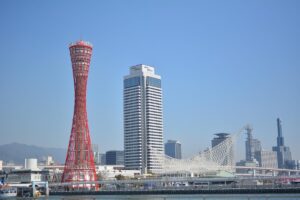
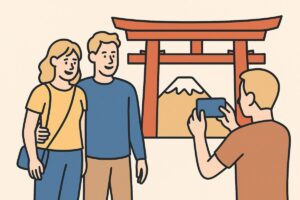
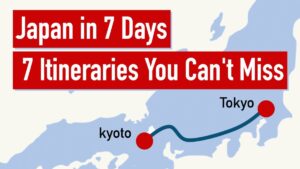




Comments